Untitled (Thunderbird Transformation) c. 1958–60
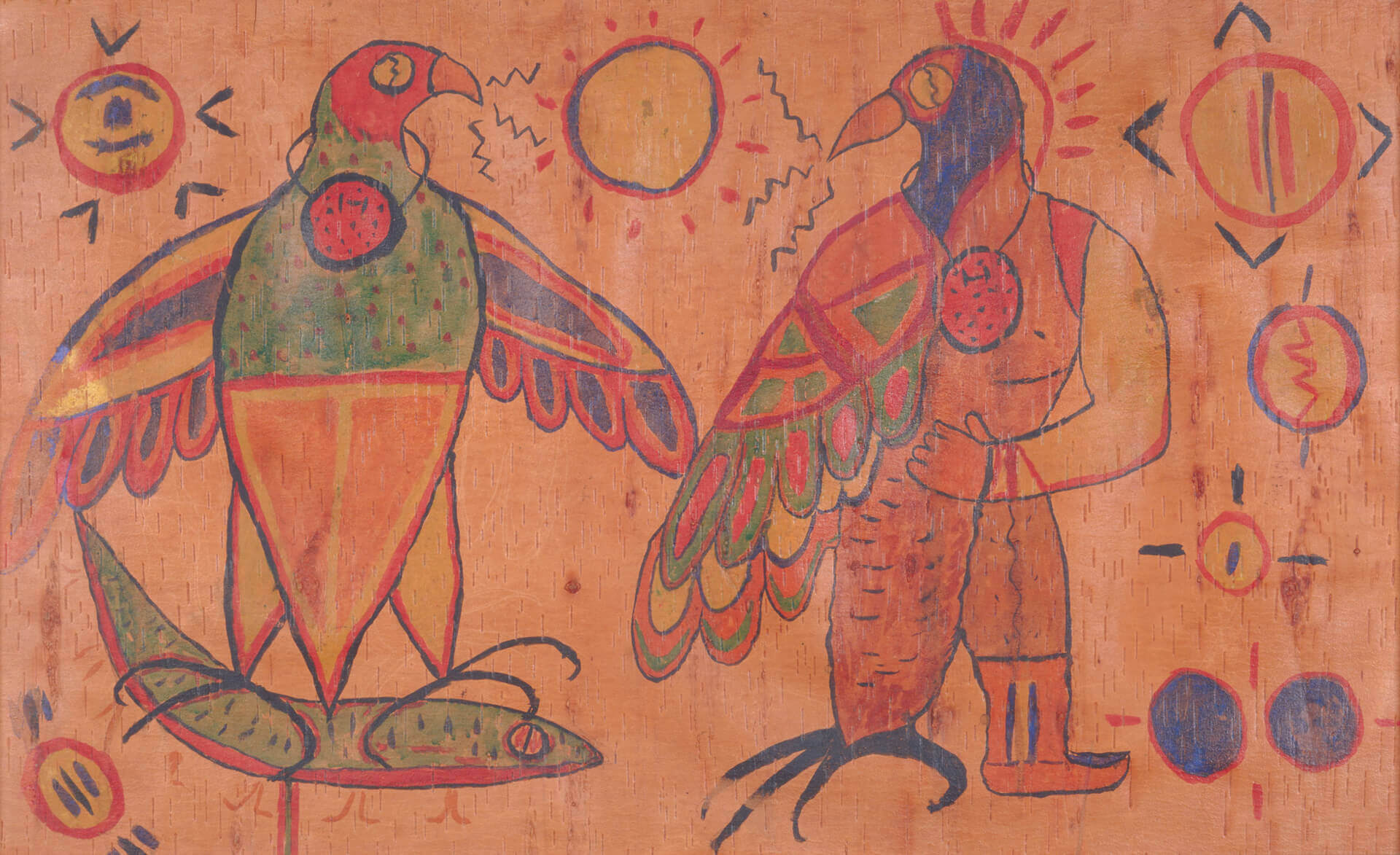
Norval Morrisseau, Untitled (Thunderbird Transformation), c. 1958–60
Watercolour and ink on birchbark, 63 x 101.3 cm
Canadian Museum of History, Gatineau, QC
This early work by Norval Morrisseau was created during a period of experimentation in which he was linking the ideas and traditions of Anishinaabe art with his own emerging artistic vision. It brings together an important spiritual figure (Thunderbird), a cultural belief (transformation), and a traditional Anishinaabe artistic medium (birchbark). In northwestern Ontario, birchbark is readily available and has long been used by Anishinaabe artists for making containers, for building canoes and dwellings, and as a surface for writing.
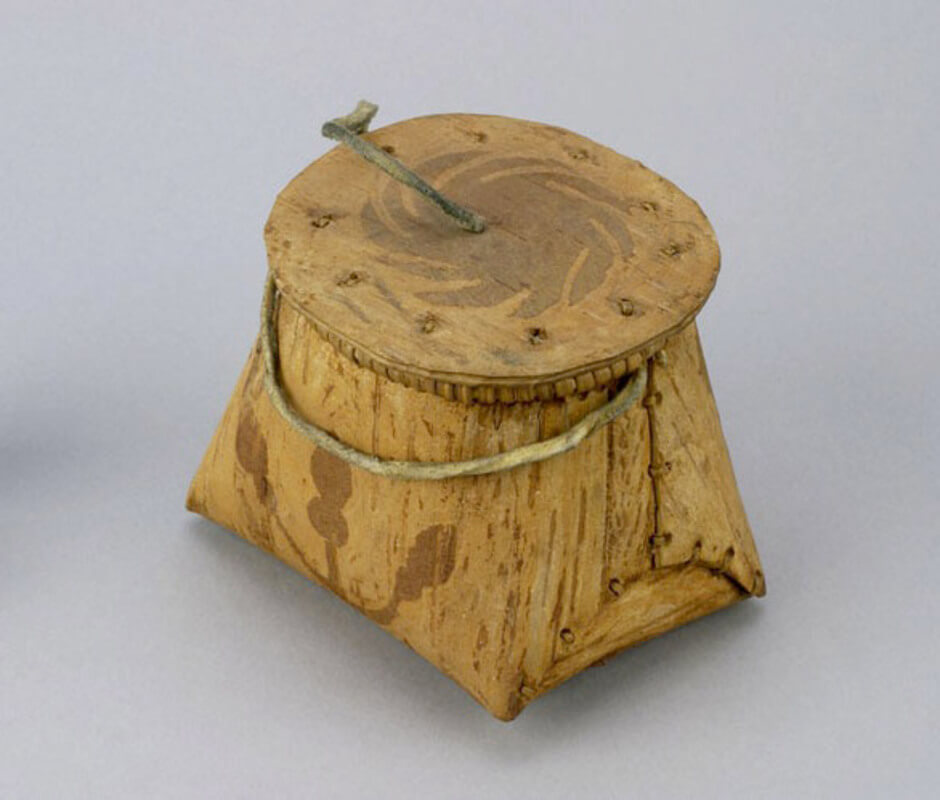
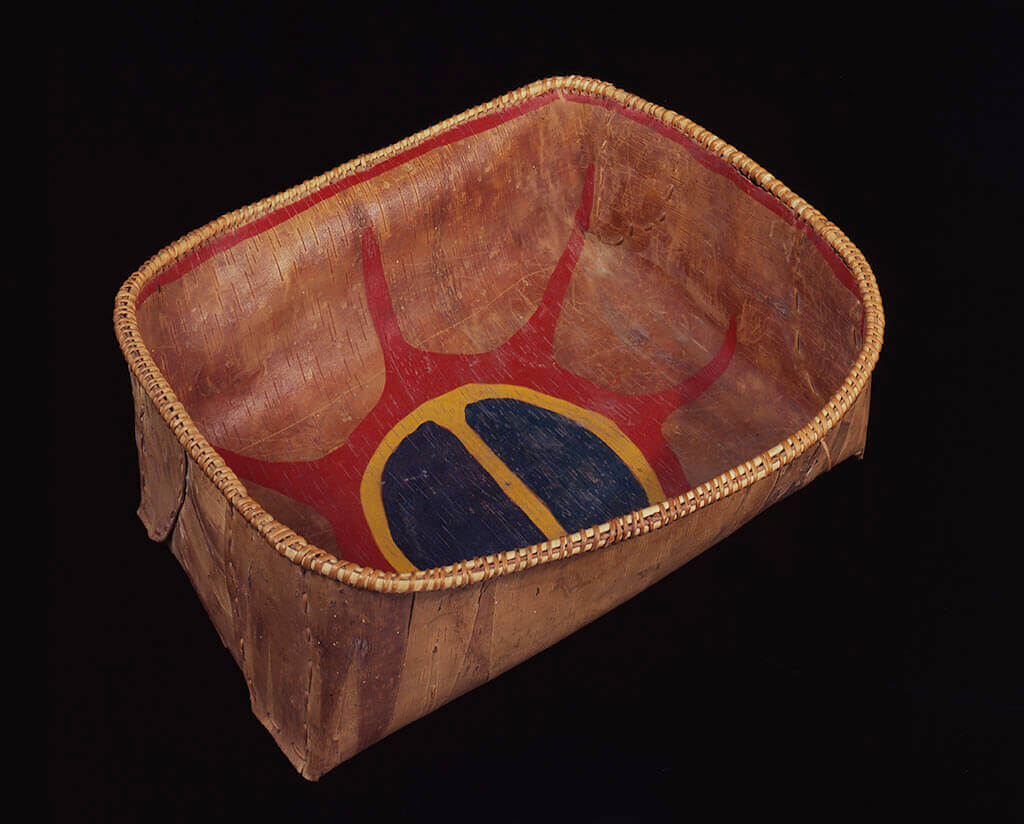
In this image, we can already see some of the themes to which Morrisseau would return many times throughout his career. Untitled (Thunderbird Transformation) illustrates a traditional spiritual narrative but also highlights Morrisseau’s personal identification with Thunderbird, the powerful spirit-being that often signifies spiritual transformation. Thunderbird appears repeatedly in the artist’s paintings, and this work prefigures similar concepts masterfully painted in Man Changing into Thunderbird, 1977.
Some hints of the style Morrisseau would adopt in the following years are also visible. The black lines that would become hallmarks of the artist’s approach are here, though they are less intense than in later works. These lines create defined areas of space inside the two beings, which Morrisseau fills with detail. Here these details have a sketch-like quality and are clearly articulated—see, for example, the feathers and fingers. While he would continue to emphasize the interior space, Morrisseau would later discard this detail in favour of a more stylized design.

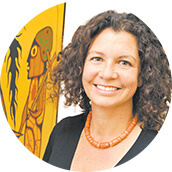 About the Author
About the Author
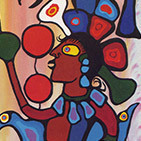 More Online Art Books
More Online Art Books
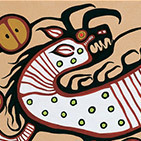 Acknowledgements
Acknowledgements